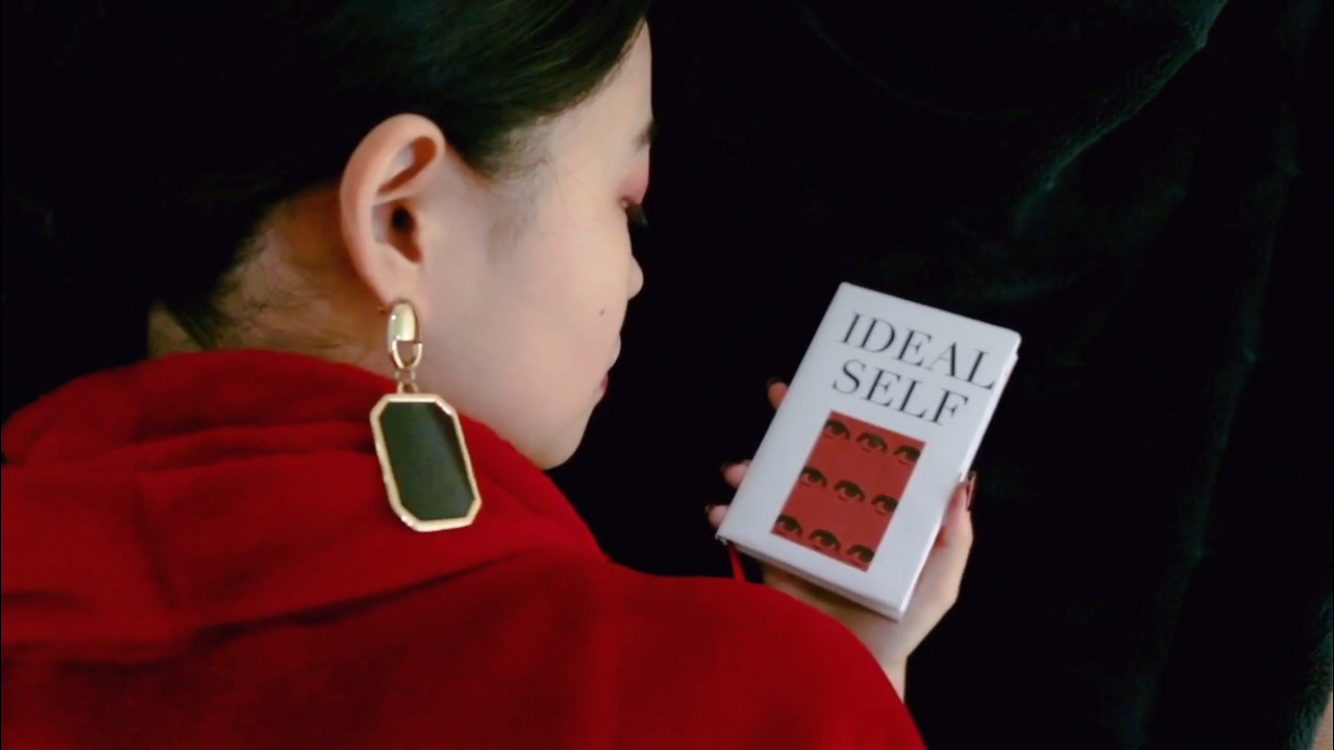About 🧠
Wdym, Product Design + Branding + IP ?
Product Design = Value Launching
→ Releasing into the world. Crafting solutions that are shipped, interacted with, and continuously refined through real-world use. It’s about delivering a value proposition and witnessing how it lives and evolves with users.
Branding = Value Identifying
→ Insight-driven. Deeply understanding and internalizing what matters. Then translating those values into clear, resonant narratives that shape perception and direction.
IP = Value Storytelling
→ Personifying values. Giving them form and voice through characters, stories, and entertainment. A personal, creative medium to express and share values in culturally compelling ways.
I use different methods to deliver value to the world, but I ultimately anchor in product design. Because it’s where values are launched, not just visualized. It's where ideas become real, tangible experiences, and where I can directly shape, test, and see how people interact with the values I translated. Whether through systems, stories, or services, it’s about creating something that lives, adapts, and resonates with people in real contexts.
And I can’t reflect on this journey without mentioning the most transformative tool of our time, AI. Designing with AI has reshaped how I define creativity, authorship, and relevance in design. It's pushed me to ask deeper questions about the role of a product designer.
What kind of questions? Scroll down…
Product Design Now, Scandalous Hot Take |
Technology first, User Needs second.
With the rapid pace of technological advancement and the constant emergence of new innovations, the approach to product design is evolving. Traditionally, product design began with identifying a target niche and uncovering specific user needs. Today, however, we often start with the development of advanced technologies—such as AI—and then explore how to package these capabilities into meaningful and profitable solutions. In many cases, technology now precedes the identification of user needs.
Background Motion Graphics: Outcome of GAN-based AI Style Diffusion experiments. Participated as featured artists in an Art x Tech exhibition, collaborating with CJ OliveNetworks AI Lab team to create AI-generated art. (2022)
Product Design in the age of AI
What I learned from Product Designing @ CJ ONS
-
Even when tech comes first at the product ideation phase (e.g., a new AI model), ask:
What problem space does it naturally fit into?
What existing user friction could it resolve?
This reframes the tech not just as capability, but as potential impact.
-
Instead of identifying needs and then finding tools, start by:
Understanding what this tech enables that wasn’t possible before.
Matching that to latent user behaviors (not just expressed pain points).
Sometimes, the greatest impact comes from enhancing or integrating existing user experiences with new technology by dramatically reducing CX blocks and making the product one cohesive journey users consistently return to.
-
Use fast experimentation to test not just usability but value. When tech leads, users might not know what they want. So, co-creation and playtesting become as important as the qualitative/quantitative research.
-
When innovation leads, it's easy to overlook unintended consequences. Good product designers now also act as ethics translators. Designers must identify how powerful tech might affect privacy, labor, equity, etc. It's important to reference ESG principles, SDG goals, and WCAG 2.1 standards when shaping product roadmaps and long-term vision.
Obsessions 🧌
Directed movies, music visualizers and such.. I love pondering about the intersection of Tech and Art!








